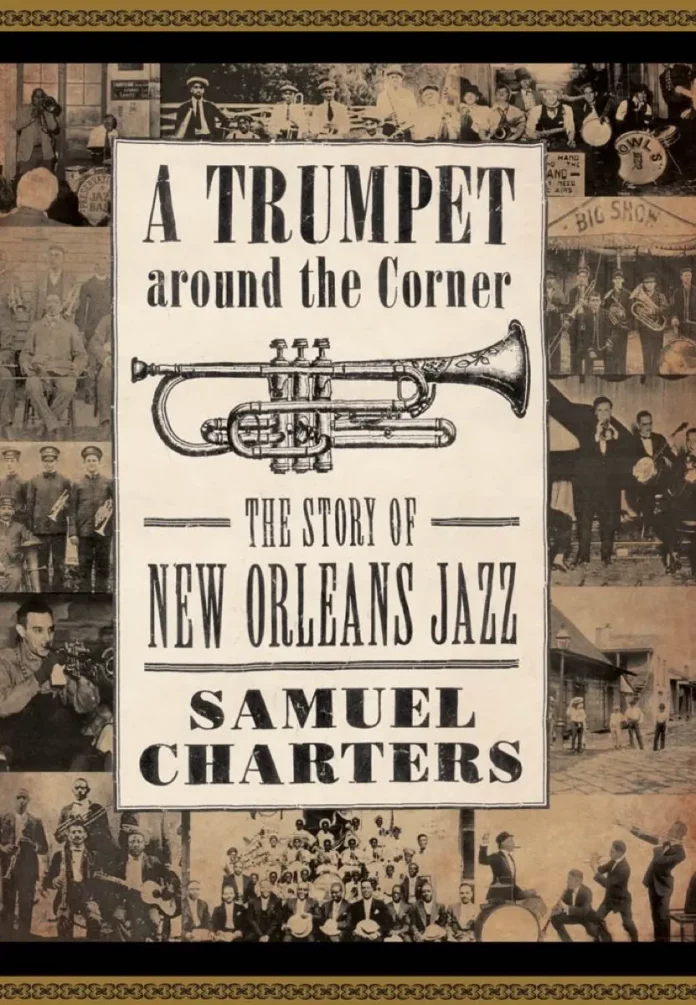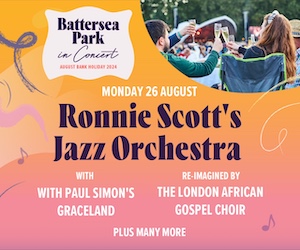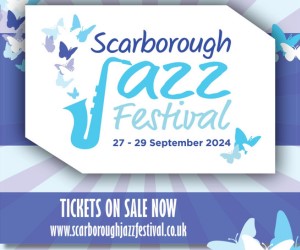The late and eminent Samuel Charters, who made invaluable contributions to both jazz literature and jazz recordings, wrote fluent prose and I very much enjoyed his opening chapter here, which has nothing to do with jazz but traces the origins of New Orleans back to 1682 and a Frenchman in a canoe.
The story continues by charting the gradual involvement of French and Spanish arrivals, the failure of the British to take over the city, the presence of itinerant German musicians and the importance of the French Opera House on Bourbon Street. The second chapter brings in Mexicans and Sicilians and by the time we reach the beginning of the 20th century in the third chapter it’s clear what kind of a melting pot the city had become.
From then on, music becomes the centre of the discourse but politics and race relations are not ignored and Charters introduces for the first time his own later experiences in the city. He also provides the first of many black-and-white photographs which continue to contribute a welcome visual accompaniment to the narrative.
Massive research, by Charters and others, means he can meander through the early years of the century and it’s not until the eighth chapter that we reach the first recordings of the ODJB and not until 50 pages later that we meet Oliver’s Creole Jazz Band. And this is perhaps the source of my only reservation about the book. I have the feeling (as I did about a book dealing with jazz in Kansas City) that the amount of detail uncovered by dogged research may seem excessive to anyone who doesn’t fully share the enthusiasm of the researchers.
However, too much is surely better than too little, and skipping a few details about who took which train, from somewhere to somewhere else, is always a possibility for the reader keen to move forward.
Moving forward, we have the author’s interesting comments on many relevant recordings, plenty of interesting information about Jelly Roll Morton, some obligatory concentration on Louis Armstrong and, eventually, the story of the discovery of Bunk Johnson and the subsequent revival of interest in New Orleans jazz.
This book was copyrighted in 2008 and the author’s preface makes clear that he had benefited from the huge amount of research undertaken since the publishing of his Jazz, New Orleans, 1885-1963 in 1963. Of course this raises the question of how much more research on the early days has been done since. I’ll leave the answering of that question to the experts and merely say that, as someone who has enjoyed and continues to enjoy a great deal of New Orleans jazz, I’m very pleased to have read this book.
***
A Trumpet Around The Corner by Samuel Charters. University Press Of Mississippi, pb, 362pp and 17pp notes, bibliography and index. ISBN 978-1-4968-4954-D


















